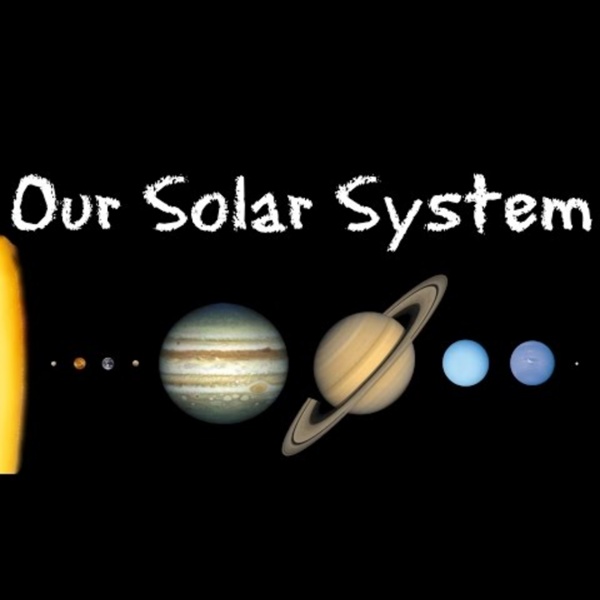



http://www.youtube.com/watch?v=Qd6nLM2QlWw
Uranus Facts - The Planet Uranus - Uranus For Kids Uranus cannot be seen from the Earth without a telescope. The seventh planet from the Sun, it was not known in ancient times, unlike the planets from Mercury to Saturn. Uranus was first seen by William Herschel in 1781 during a survey of the sky using a telescope. In 1782 George III appointed Herschel as Astronomer Royal. William Herschel was born in Hanover, Germany. He moved to England in 1757 in order to follow a career as a musician but after buying a book on astronomy he became interested only in watching the sky. Expeditions on the App Store Saturn Facts - The Planet Saturn - Saturn For Kids Saturn is the sixth planet in the Solar system and, when seen through a telescope, by far the most beautiful. The bright globe of Saturn is surrounded by rings which may be composed of ice. Three of these rings are visible from the Earth using a telescope. Photographs sent back from the US Voyager spacecraft in the 1980s were able to identify further narrower rings “ringlets” in between the three main rings.
Mars Facts - Planet Mars - Mars For Kids It is easy to forget that Earth is not the only planet in the solar system. Seven (or eight if you include Pluto) other planets whiz around the sun just like ours. Of those planets, none of them are closer or more engaging to the imagination than Mars. The Red Planet, as Mars is often called, is the fourth planet from the sun (Earth is the third). In a lot of ways, Mars looks a lot like our home, though instead of blue oceans and green land, Mars is home to an ever present red tint. This is due to a mineral called iron oxide that is very common on the planet’s surface.
Earth Facts - Planet Earth - Earth For Kids The Earth is unlike every other planet in the Solar System in a number of different ways.It is the only planet that has an atmosphere containing 21 percent oxygen. It is the only planet that has liquid water on its surface. It is the only planet in the solar system that has life. Venus Facts - The Planet Venus - Venus For Kids Venus is the brightest planet in the Solar System and can be seen even in daylight if you know where to look. When Venus is west of the Sun, she rises before the Sun in the morning and is known as the Morning Star. When she is east of the Sun, she shines in the evening just after sunset and is known as the Evening Star. The word planet is from the ancient Greek word πλάνητης, planets, which means a wanderer, because they move through the stars, which seem to be fixed in the sky. This movement is because the planets are all orbiting around the sun. Venus orbits round the sun in 225 days.
Mercury - The Planet Mercury - Mercury For Kids - Facts We have lots of information about the planet Mercury below that will help you with homework/project work and help you understand more about the planet.Mercury is the planet closest to the Sun. It is not, however, very close, since it is 36 million miles, or 58 million kilometres away from the Sun! The distances of planets from each other and from the Sun are often measured in Astronomical Units, AU.